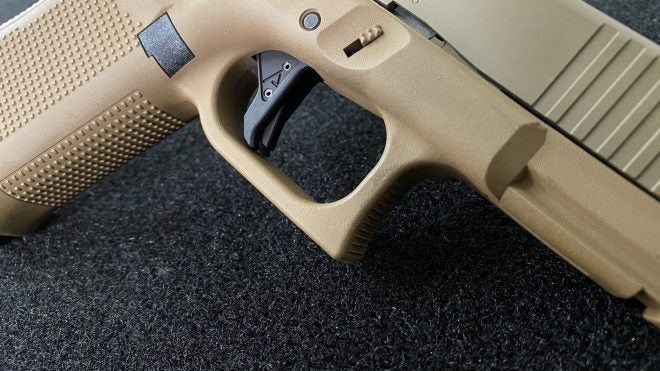Occasionally I will help a friend out from time to time while he teaches beginner handgun courses and CPL classes. While I’m standing behind the line watching students fire downrange, it surprises me the number of shooters who don’t fully understand the importance of trigger control. Whether its a younger person shooting for the first time or a competitive shooter, it’s important to develop a solid foundation for trigger control. Having an understanding of what trigger control means and why it’s important could end up saving your life down the road. Let’s jump into some of the reasons why trigger control could save your life.
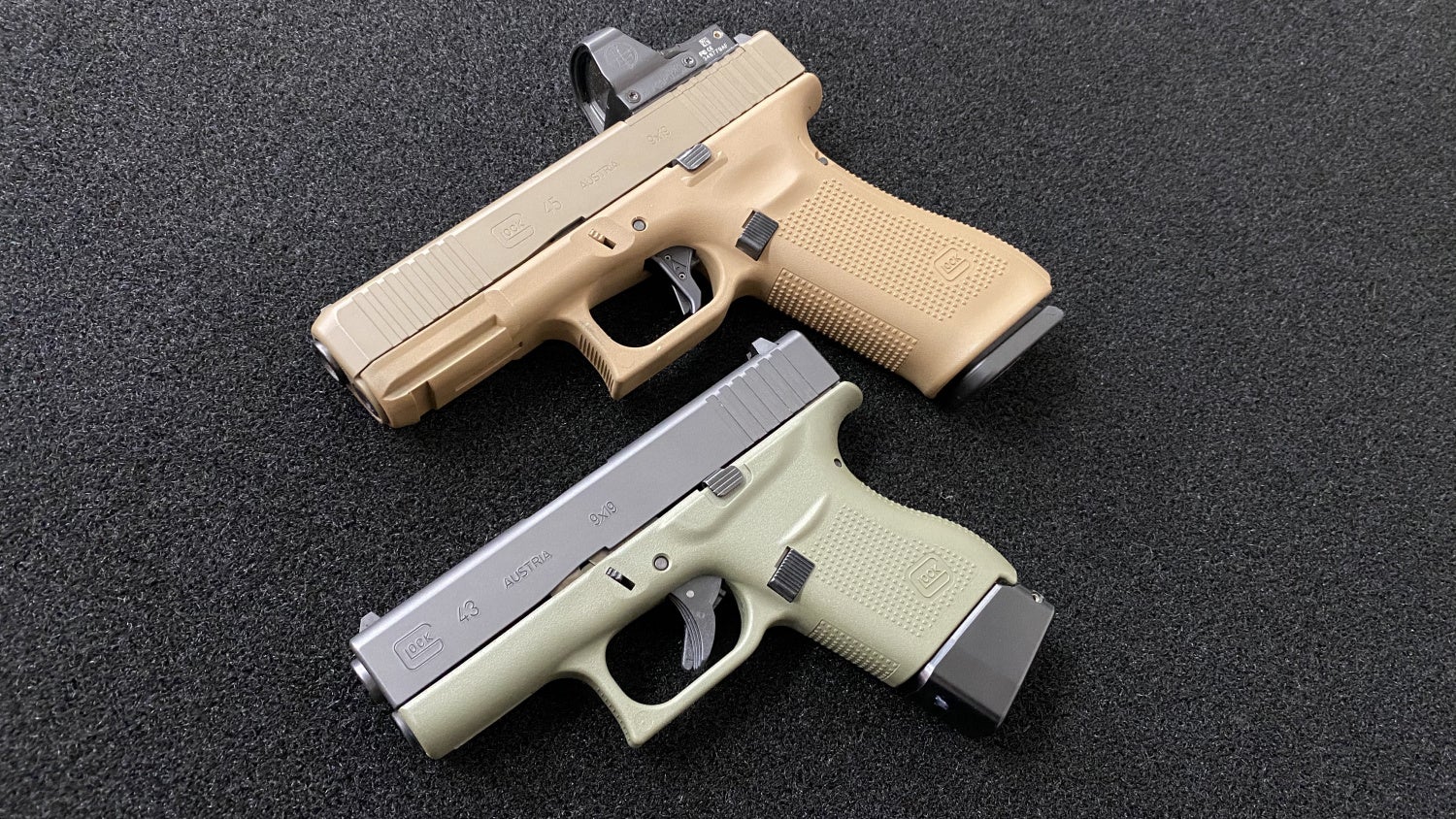
The Basics of Trigger Control
The number one problem with most new shooters is the lack of understanding when it comes to prepping and working the trigger while firing. Most left right impacts on the target as well as hitting high or low can be a result of poor trigger control. Having a smooth consistent trigger pull will not only make you shoot more accurately but will make you shoot consistently better over time. The goal at the end is to have as little movement as possible when pulling the trigger. Certain dry fire drills work wonders if you find yourself shoot off target after a few range sessions.

Having a good purchase on the trigger can make a world of difference. Having your finger too much or too little on the trigger can create accuracy issues.
The name of the game when shooing accurately is to have as little lateral or horizontal movement as possible. Doing a little dry firing with a handgun can show the amount of movement the pistol has while pulling the trigger. Having a red dot on your pistol can emphasize movement which will ultimately help minimize your movement. Any competitive shooter will practice for hours to minimize the amount of movement that occurs when firing their weapon.

Dry firing with a red dot can show what kind of movement you have when practicing trigger pull.
Trigger Types
Having one handgun to practice with at the start will streamline the learning process and will be easier than having different trigger types. Striker fired handguns are typically the easiest to learn trigger control. No matter what, striker fired handguns always have the same consistent trigger pull. The beauty of strikers is there are no extra steps needed to learn. Having a Double Action / Single Action isn’t the end of the world, but it does take learning an extra step with the double action trigger switching over to single action after the first shot.
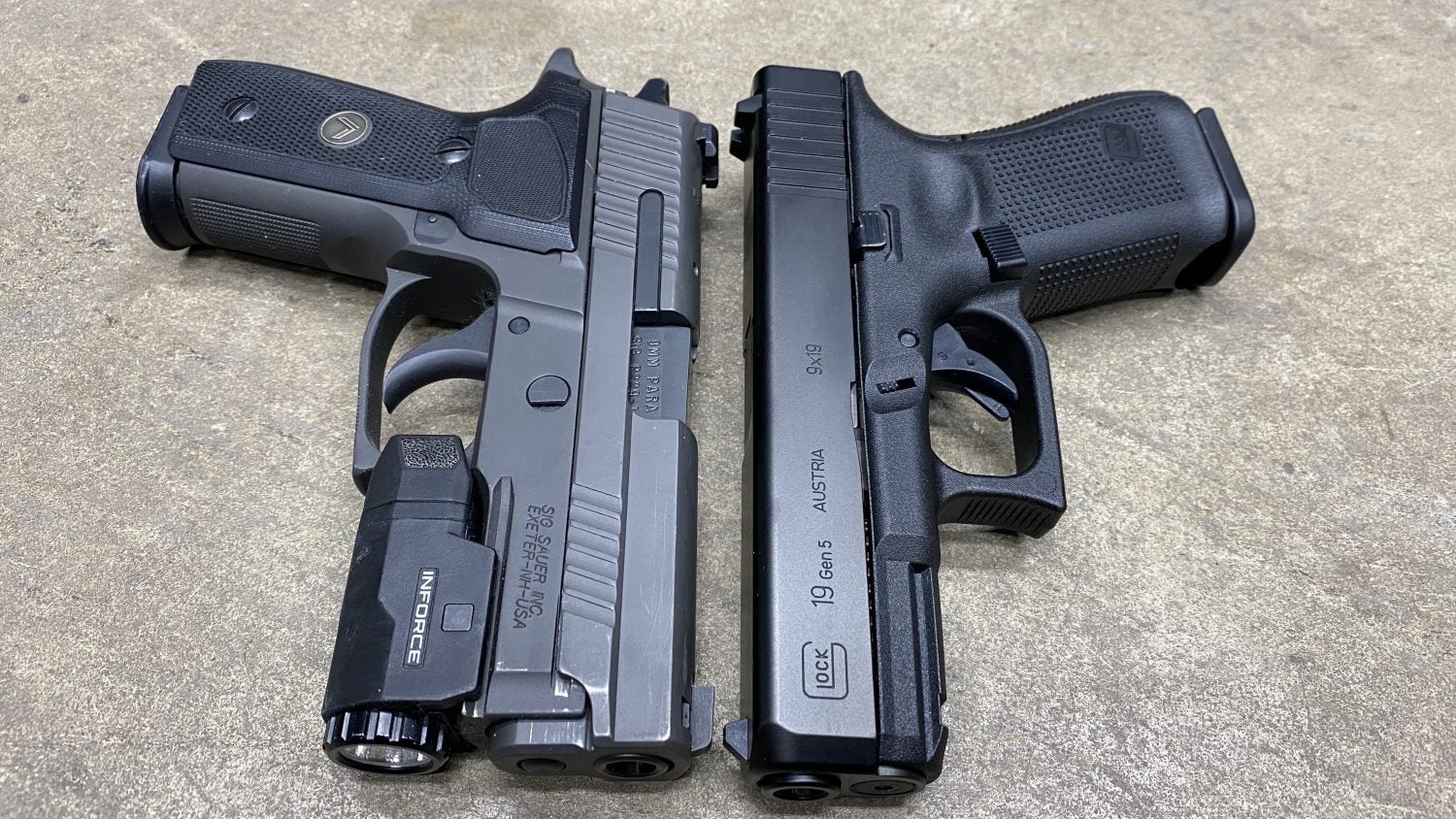
Having a DA/SA trigger is a bit more practice than having a striker fired handgun like the Glock 19
Trigger Control For Concealed Carrying
Alright, so we get to why it’s important to have good trigger control for competition and shooting accurately but what about in a self defense situation? Its fairly well know that under stress you start to lose fine motor function. Something like pulling your trigger may seem incredibly simple but under stress, it could be difficult, and not having proper trigger control could be life threatening. Having your skills dialed in before being in a self defense situation will be a huge advantage than yanking the trigger and missing your target entirely.
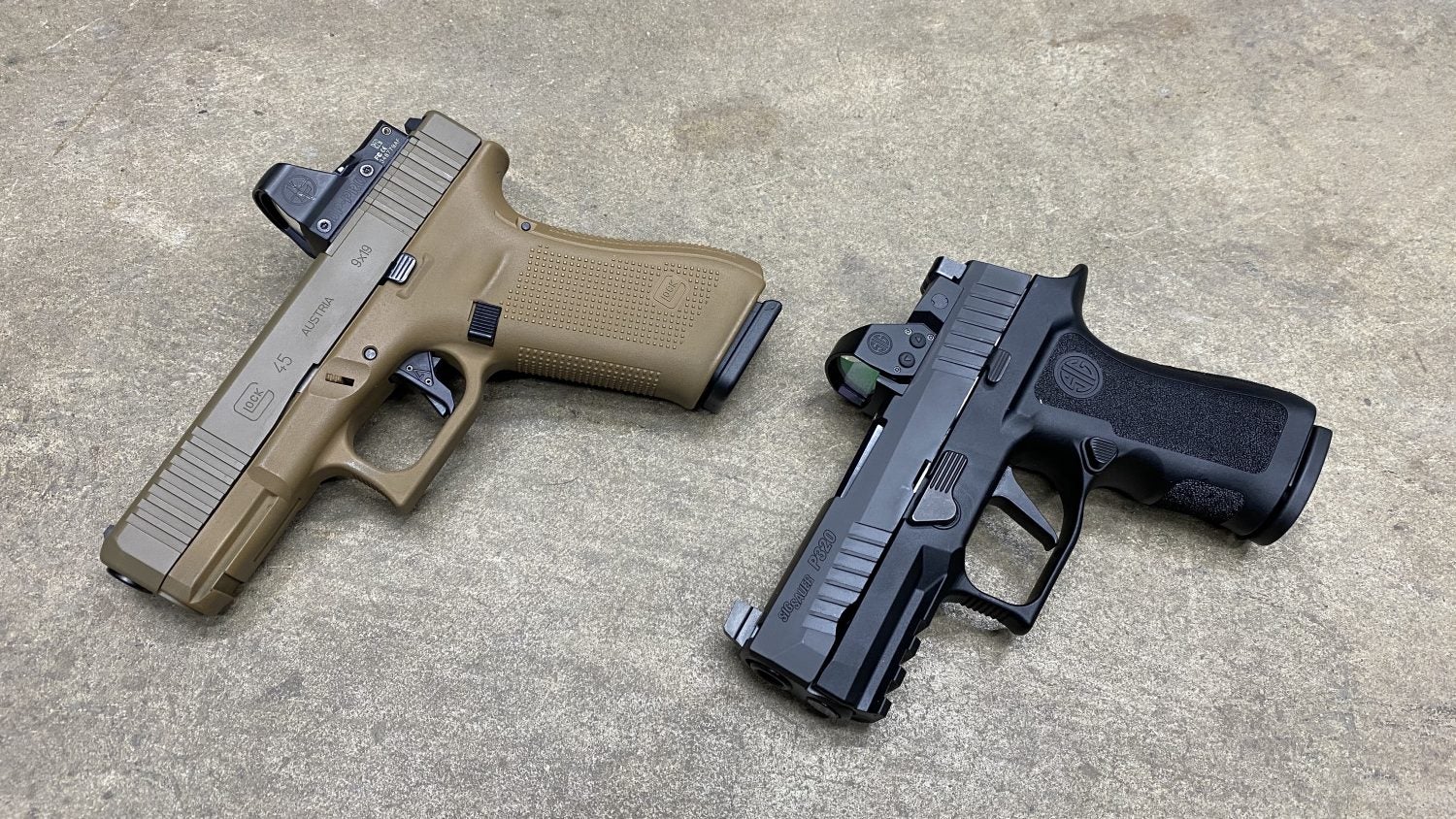
Accuracy definitely matters whether it’s at the gun range or in a self defense situation. Having the ability to choose your shot placement and hit what you’re aiming at is incredibly important. At the end of the day, you’re accountable for every round you fire in self defense so having the skill to make accurate shots is more important than anything when there are innocent people around you.
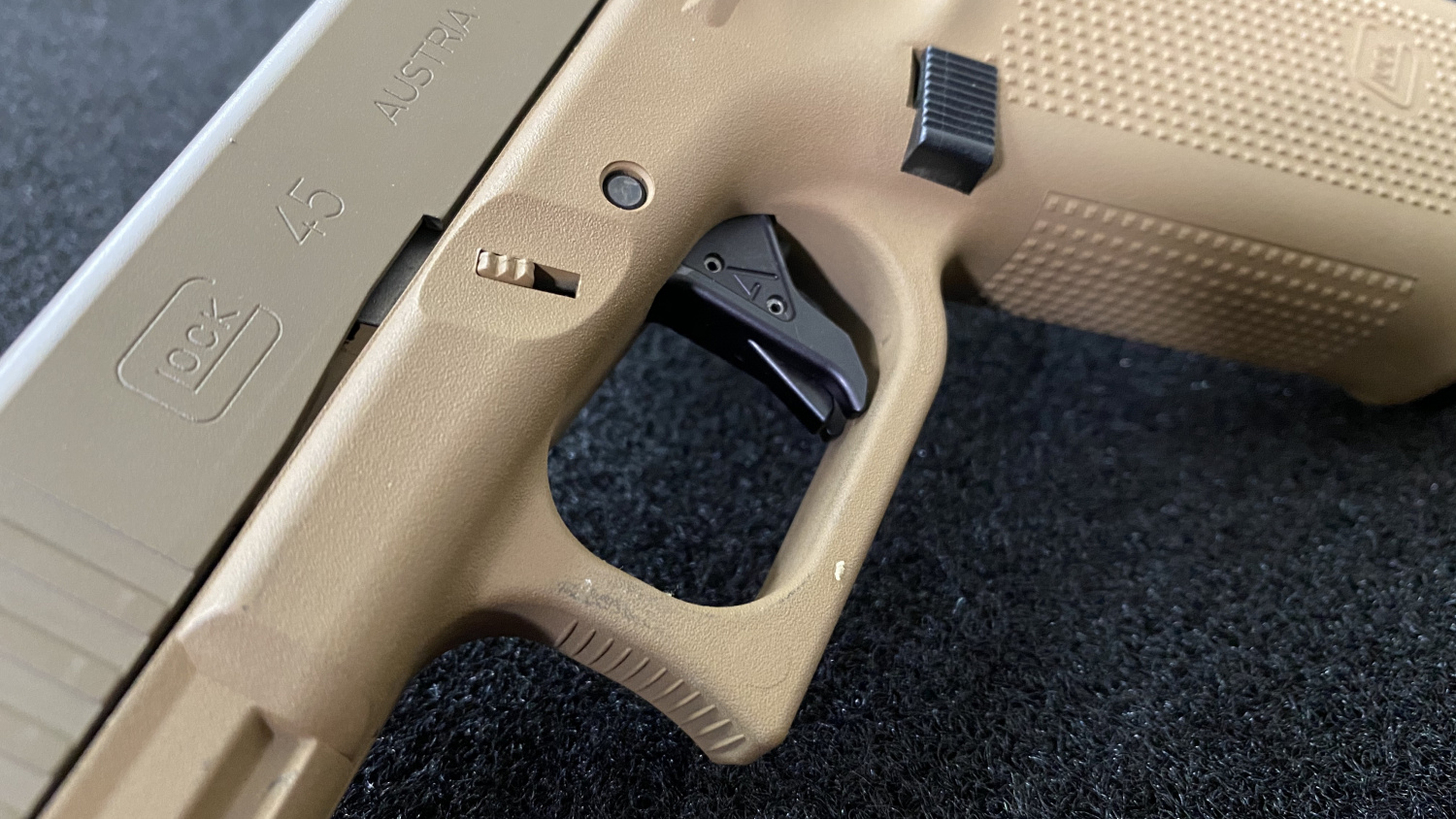
The Penny Trick
Probably one of the easiest ways to practice at home is through dry firing. All you need to do is balance a penny on your front sight and then precede to pull the trigger. If the penny falls off the front sight, then you know there’s an issue with your trigger pull. If you can pull the trigger while the penny stays on the front sight, that typically means you have a good baseline when it comes to trigger control. Doing simple dry fire exercises at work costs nothing more than a little bit of time and energy but can help develop your skills to become a better shooter over time.

Overall Thoughts
Trigger control is one of the most basic yet important skills you can have as a shooter. It not only makes you more accurate but can save your life and save the life of bystanders in an emergency. It doesn’t take much to practice and with time you can be proficient with a little effort and persistence. Something like a Glock 19 or SIG P320 handgun is great to start practicing trigger control since they are the exact same every time. Carrying a concealed firearm is a huge responsibility and being able to effectively use your firearm should be a priority to all of us. Let me know how you practice trigger control in the comments below. If you have any questions, feel free to shoot me a message on my Instagram @fridgeoperator. Stay safe out there.
TFB’s Concealed Carry Corner is brought to you by GLOCK
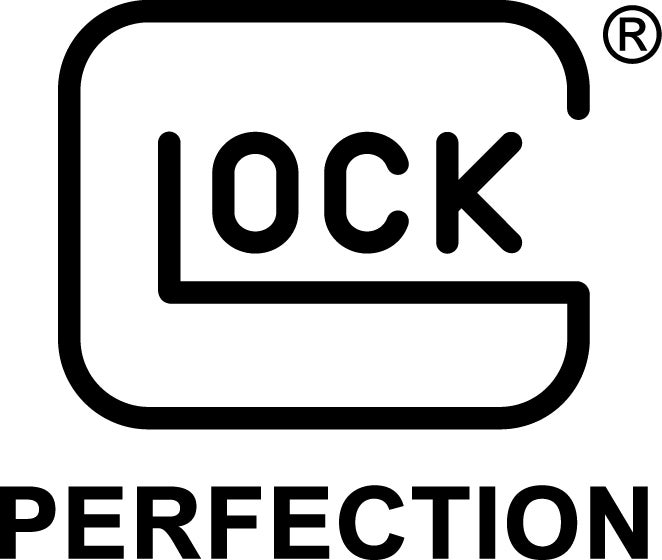
 Your Privacy Choices
Your Privacy Choices
